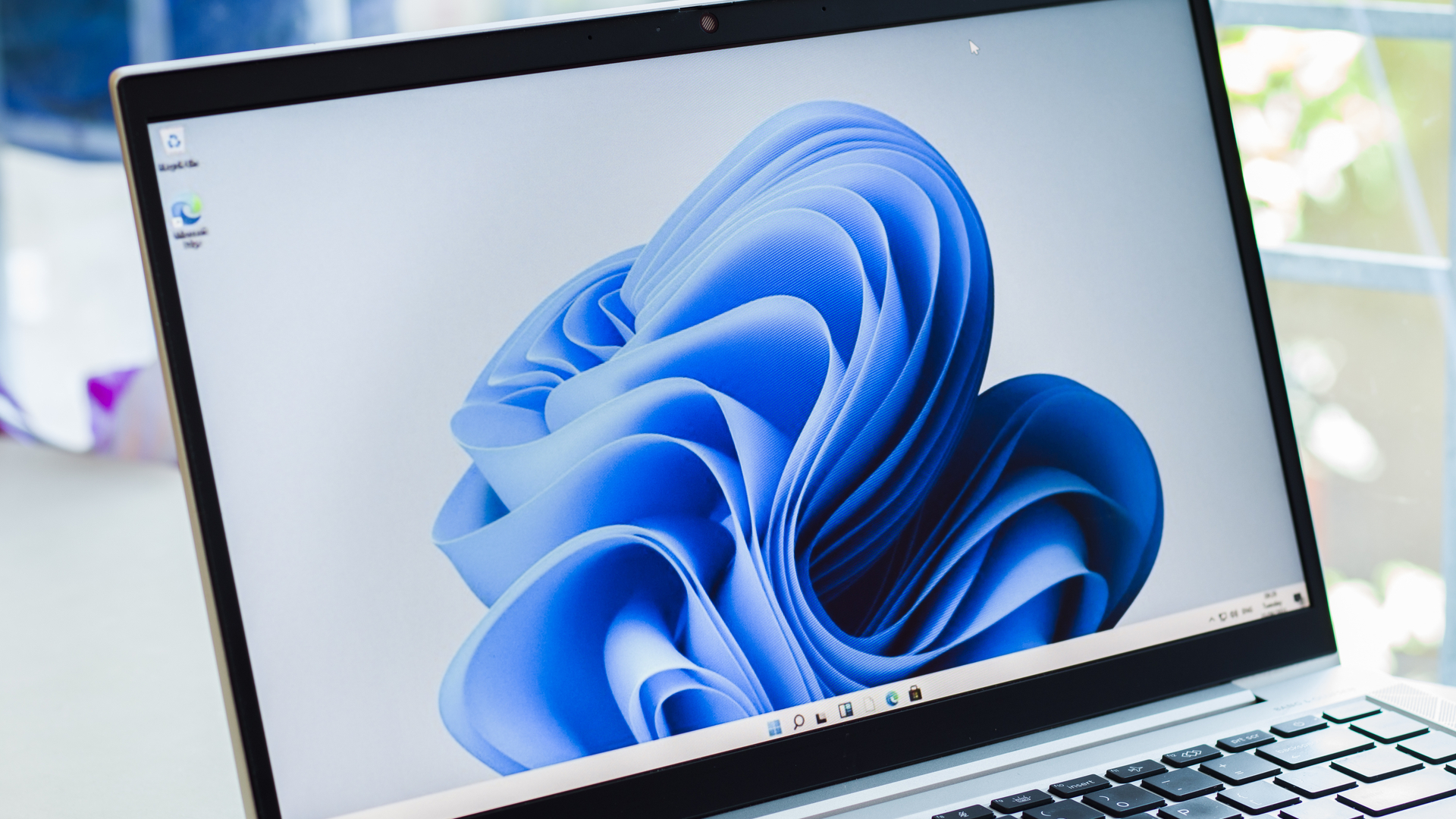
NTDEV, the team behind the Tiny11, is back and has achieved an incredible feat - compressing Windows 11 down to just 100MB. While impressive, we wouldn’t recommend trying to run the developer's latest take on Microsoft’s latest operating software because well - it's a bit bare, to say the least. To shrink Windows 11 to such a size they’ve had to strip away much of what we’re familiar with and reduce it down to a text-only version.
In a YouTube video posted by NTDEV (via PC gamer) you can get a better idea of what it looks like. Gone is the normal GUI (graphical user interface) that we all know and love (well, depending on who you ask) and it has been replaced with an almost entirely black background and lines of white text - essentially turning Windows 11 into a command-line operating system like DOS (an old PC operating system which was popular before Windows 3.1 arguably killed it off).
So, there’s no windows, no colorful greeting screen, and no desktop. You won’t have a menu to select from or a taskbar to search for apps- instead, you’ll have to write exactly what you want to do, similar to how you would the command line app of your PC.
There are no pre-installed apps either, of course, so forget about firing up Microsoft Paint. With the GUI gone, you lose everything except the very bare bones of Windows 11. Of course, NTDEV is not doing this to allow people to download and use the itty bitty OS for their everyday lives, but instead to just show that it is even possible. Most people who work office jobs or in fields that require daily computer use probably don’t want to add hours to their work week having to type in a command prompt to bring up everything they’d normally be able to access with a single mouse click.
This could be a fun project, however, for users who’ve always wanted to bring newer versions of Windows to life on some very old computers. Nick Evanson of PC Gamer makes a point that most people are probably not thrilled with AI making a jump to almost every app and potentially future generations of Windows (more so than we’re seeing already), so perhaps this is a potential solution for users who want to go back to the basics - like, very basic.
Still, it's a very cool ‘proof of concept’ to see and makes one nostalgic for 1980’s computing aesthetics, and could provide a point of reflection for everyone to look back at how far we’ve come in the world of computing. However, I do prefer my Windows to actually have windows!
You might also like...
- Microsoft has finally updated Sticky Notes in Windows 11 - and I'm excited about my favourite feature getting a lot smarter
- Windows keyboards get their biggest change for 30 years – a new Copilot AI key
- Microsoft is planning to make Copilot launch when Windows 11 starts - and it could spark the next user backlash







